How To Install Windows Subsystem For Linux
By enabling Windows 10's Linux subsystem, you can now easily access many useful open up-source tools (like OpenSSL) on Windows. This how-to will walk yous through checking your version of Windows for compatibility, enabling the Linux subsystem, and installing and updating a Linux distribution (Ubuntu).
If you are running an incompatible version of Windows, you can also access Linux tools like OpenSSL past installing Cygwin. The official coil binaries for Windows too include OpenSSL.
Pace 1: Check Windows Version
-
First, make sure that you're running a compatible version of Windows 10. You'll need version 1709 or greater to run the Linux subsystem. To check this, go to Start Button > Settings.
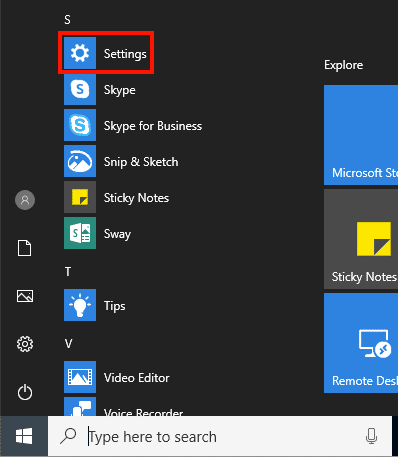
-
Click System.

-
Click Nearly (you may need to ringlet downwardly).
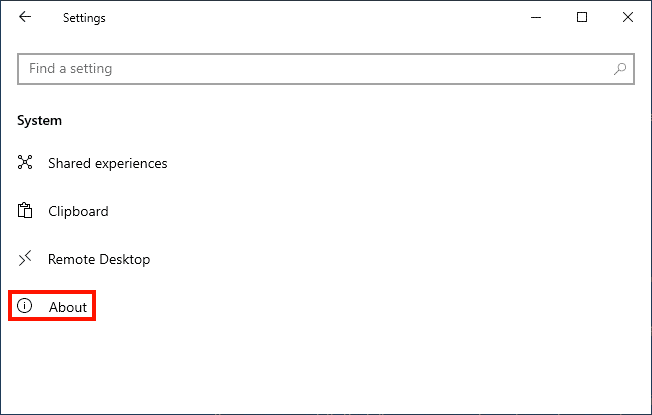
-
Curlicue down to view the version of Windows x you lot are running.
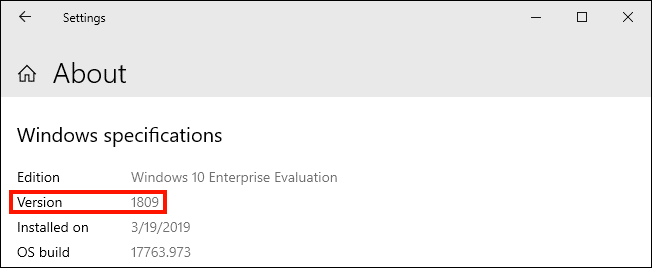
Step 2: Enable Linux Subsystem
-
Brainstorm typing "Turn Windows features on and off" into the Start Menu search field, then select the control panel when information technology appears.
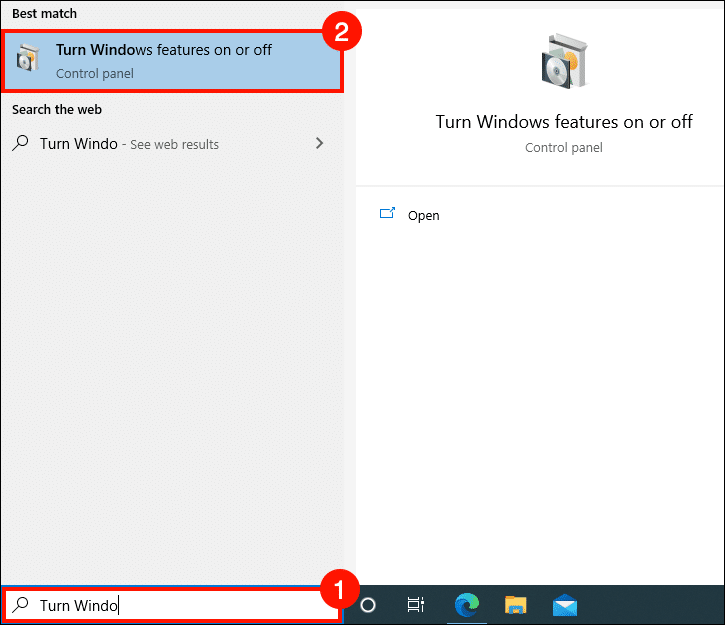
-
Coil downwards to Windows Subsystem for Linux, bank check the box, and so click the OK button.

-
Wait for your changes to be applied, so click the Restart at present button to restart your computer.
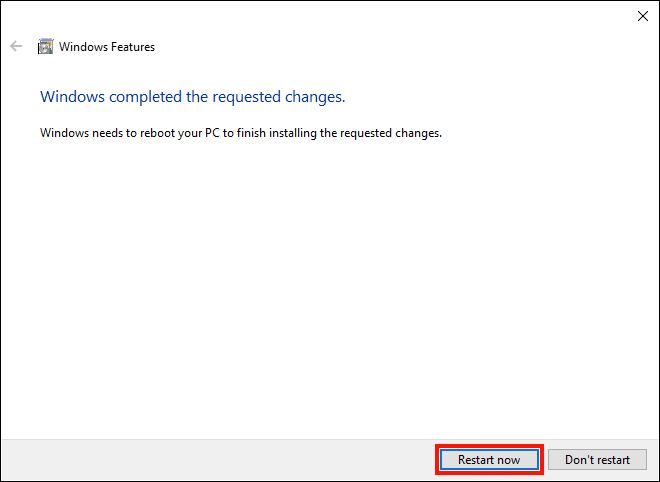
Stride 3: Install and Update Ubuntu Linux
-
Now we're going to really install a Linux distribution. Go to Start Button > Microsoft Store.
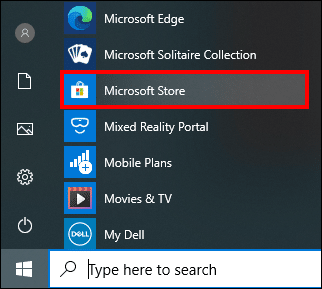
-
To meet the available Linux distributions, blazon "Linux" into the search field, then click Run Linux on Windows.
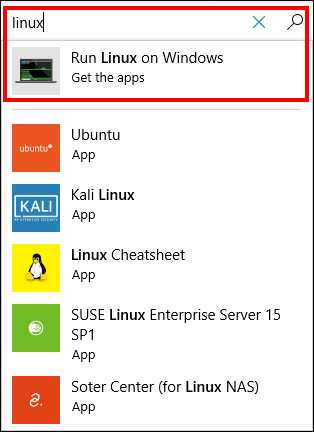
-
Click the Linux distribution you'd like to install. In this how-to we're going to choose Ubuntu.

-
Click the Get button.

-
Windows will download and install Ubuntu. When information technology's finished, click the Launch button.

-
A terminal window will appear. Wait for Ubuntu to finish installing, then create a new Linux username and countersign when prompted. Yous're now at your new Linux command line!
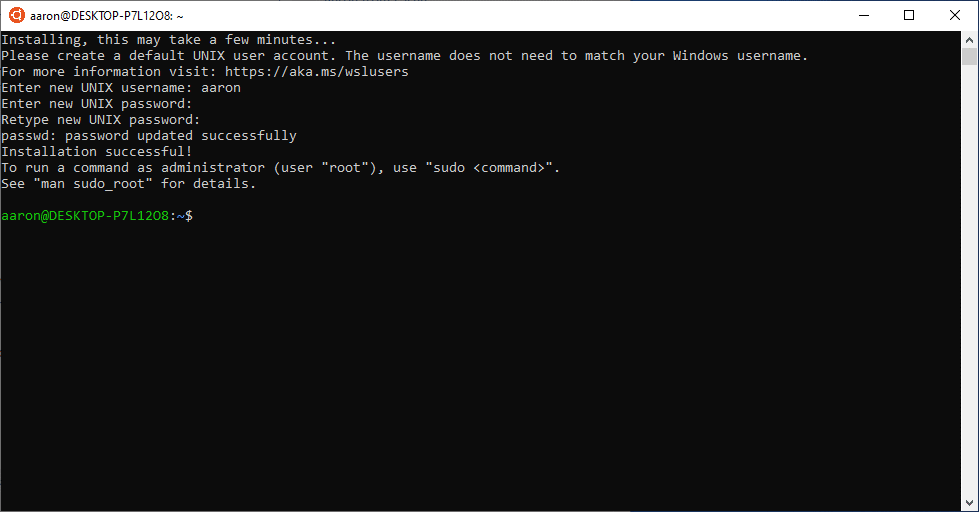
-
At present is a proficient fourth dimension to make sure that your installed software is up to date. In Ubuntu, you tin can use the
apt-getcommand to update all packages automatically. (If you installed a dissimilar Linux distribution, you should check its documentation for how software updates are handled — this process varies significantly between distributions.) First, we'll update the package lists. Enter the command beneath (note that you lot must employsudoand enter your password to run the command every bit an administrator):sudo apt-get update [sudo] password for aaron:
-
Ubuntu will connect to its repositories and download a series of parcel lists. When it is finished, use
apt-getagain to upgrade all packages to their latest versions.sudo apt-get upgrade
-
A list of packages to be upgraded will be shown. Enter
Yat the prompt to continue with installation.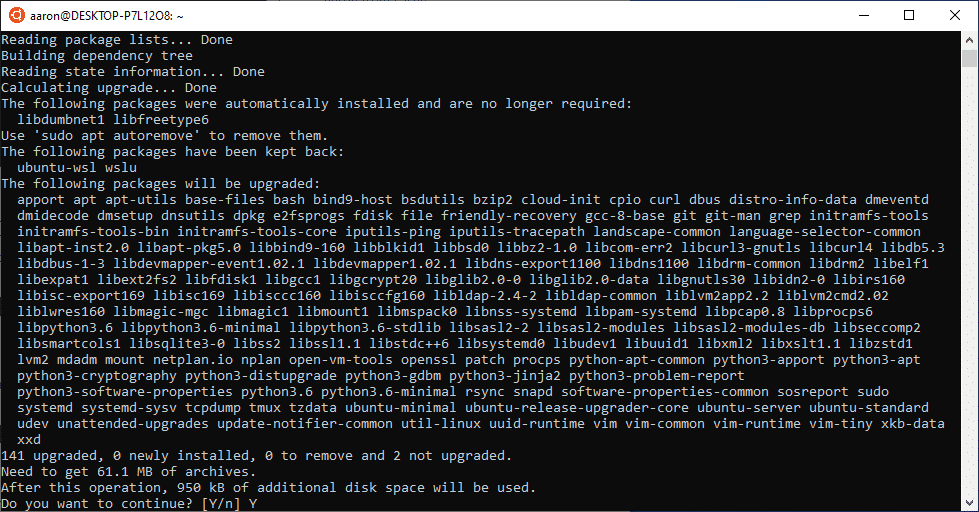
-
Ubuntu volition now download and install the packages. This procedure volition probably have at least a few minutes to complete, depending on your connectedness speed and how many packages need to be upgraded. You may also be prompted as to whether you desire services to exist automatically restarted during package installations (we're picking "Yes" for convenience here, but it's not required).
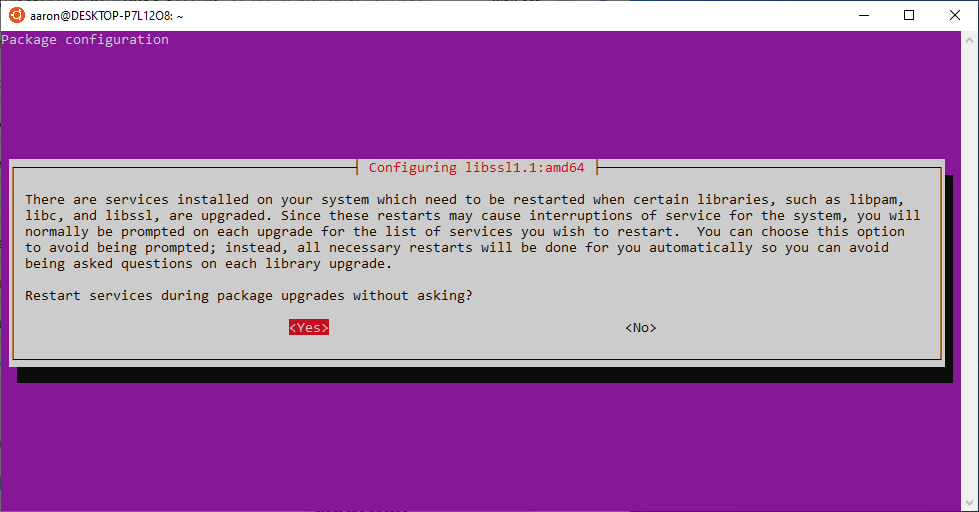
-
Finally, run this command to check dependencies and delete obsolete packages from the system (depending on how long the previous step took, y'all may take to enter our password over again):
sudo apt-get dist-upgrade
-
Again, enter
Yat the prompt to install the listed packages.
-
You're all finished installing and updating Ubuntu Linux! You tin can launch a Linux concluding at whatever time by selecting Ubuntu from the get-go carte du jour. Now that y'all have Linux installed on your system, you lot can start using OpenSSL to do things like generate a CSR and create or extract certificates and individual keys from PKCS#12/PFX files.

OpenSSL Tutorial Videos
Thanks for choosing SSL.com! If you have whatever questions, delight contact united states by email at Back up@SSL.com, call 1-877-SSL-SECURE, or simply click the chat link at the bottom right of this page. Yous tin also find answers to many common support questions in our knowledgebase.
SSL.com Support Team
Author - Content Administrator
All Posts
Related How Tos
Subscribe to SSL.com'south Newsletter
What is SSL/TLS?

Play Video
Subscribe To SSL.com's Newsletter
Don't miss new articles and updates from SSL.com
How To Install Windows Subsystem For Linux,
Source: https://www.ssl.com/how-to/enable-linux-subsystem-install-ubuntu-windows-10/
Posted by: bojorquezfrichis1979.blogspot.com


0 Response to "How To Install Windows Subsystem For Linux"
Post a Comment